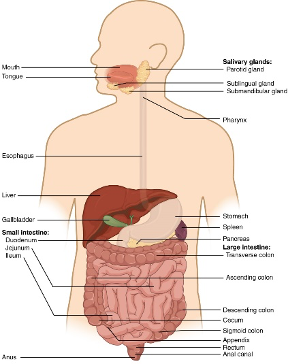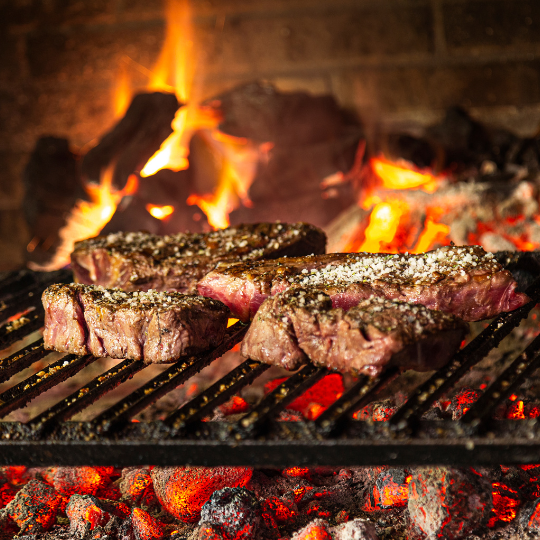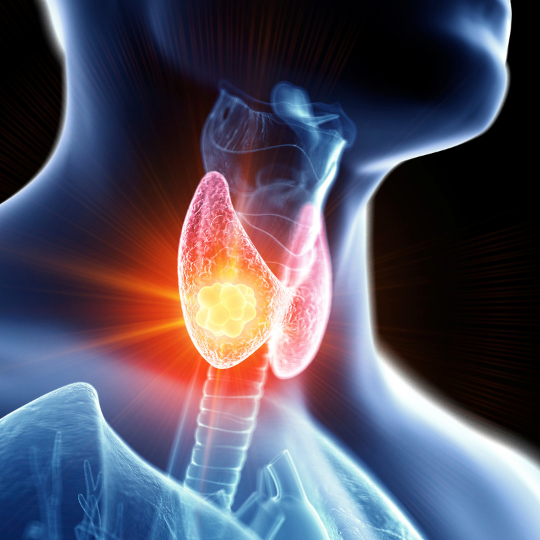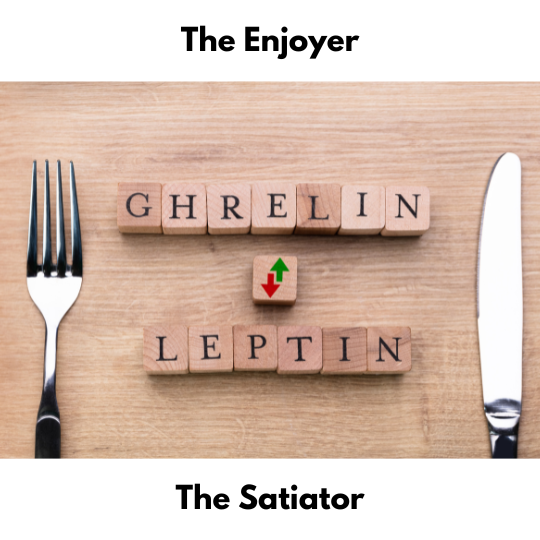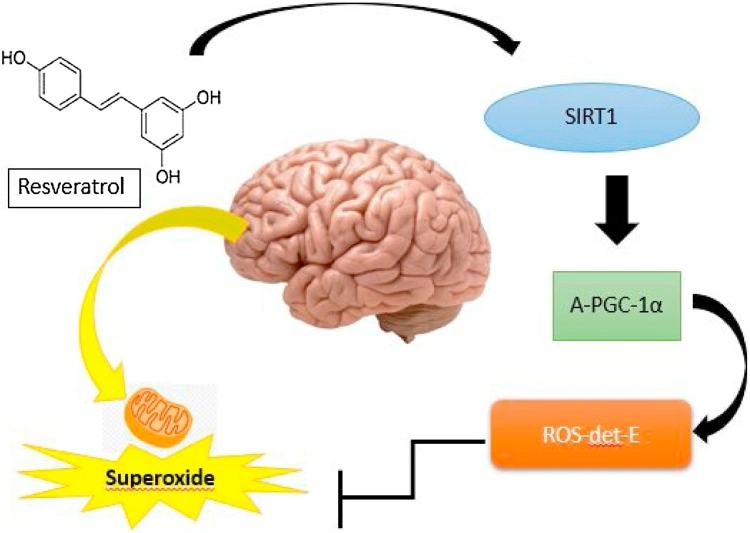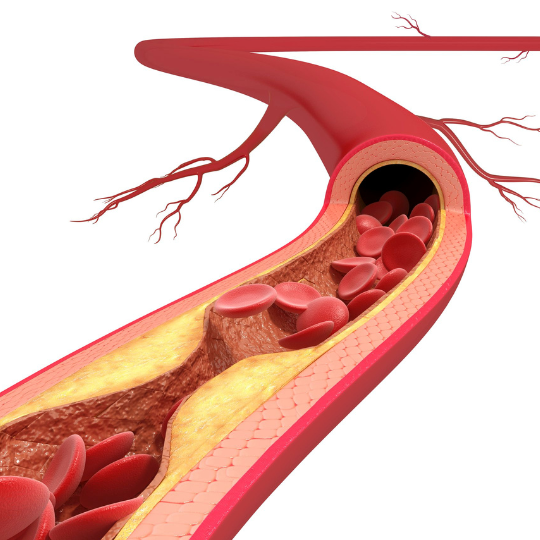At NutriFix, we often get asked about the effects of cooking on food. It’s a great question, because the way we cook our food can have a big impact on its nutritional value. In this article, I’ll be discussing briefly the various cooking methods and how they affect the macronutrient and micronutrient content of some foods. I’ll also be talking about the optimal cooking techniques for each method to avoid for example the formation of carcinogenic compounds like PAHs (polycyclic aromatic hydrocarbons) and HCAs (heterocyclic amines). Finally, I’ll be discussing the relationship between cooking and food bioavailability, and explaining which foods are best eaten raw and which are best eaten cooked.

Cooking Options
So, let’s start by talking about the various cooking methods and how they affect the nutrients in our food. One of the most common cooking methods is boiling, which involves cooking food in hot water. Boiling can cause some nutrients, like water-soluble vitamins, to leach out of the food and into the cooking water. However, boiling can also make some nutrients more readily available for our bodies to absorb, such as lycopene in tomatoes and beta-carotene in carrots.
Another common cooking method is baking, which involves cooking food in an oven. Baking tends to be gentler on nutrients than boiling, as it doesn’t involve contact with water. However, it can cause some nutrients to break down, such as vitamin C. Baking can also cause the formation of advanced glycation end products (AGEs), which are compounds that can contribute to inflammation in the body. To minimize the formation of AGEs, it’s best to bake foods at lower temperatures for shorter periods of time.
Grilling and broiling are cooking methods that involve exposing food to high heat from above or below. These methods can cause the formation of carcinogenic compounds like PAHs and HCAs, which are created when fat and juices from the food drip onto the heat source and create smoke. To minimize the formation of these compounds, it’s best to use lean cuts of meat and to pre-cook the food in the oven or on the stove before finishing it off on the grill or under the broiler. It’s also a good idea to use a drip pan to catch any fat and juices that might otherwise drip onto the heat source.
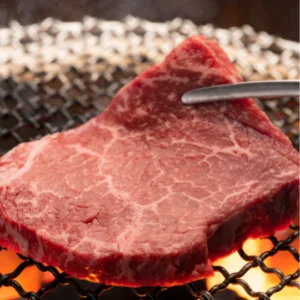
Another way to minimize the formation of carcinogenic compounds is by marinating your food before cooking to help reduce the formation of carcinogenic compounds like PAHs and HCAs. This is because marinades can contain ingredients like vinegar, citrus juice, and herbs, which can help to reduce the formation of these compounds. Marinating can also help to tenderize and flavor the food, which can make it more enjoyable to eat.
Frying is another common cooking method that involves cooking food in hot oil. Frying can cause a number of changes in the nutrient content of food, including the formation of trans fats, which are unhealthy fats that can increase the risk of heart disease. To minimize the formation of trans fats, it’s best to use oils with a higher smoke point, like olive oil or avocado oil, and to avoid reusing oil multiple times. It’s also a good idea to use a thermometer to ensure that the oil is at the right temperature, as overheating oil can cause it to break down and produce harmful compounds.
Physics Geek corner: all cooking methods employ a thermal energy transfer in the form of:
- either conduction (thermal energy transferred by collision w/o particles’ relocation, as in the cooking of the inner layers of a grilled steak)
- or convection (heat is transferred by bulk movement of molecules, as in air in baking or water in boiling)
- or radiation (thermal energy transmitted via waves, as in from the oven walls to the food)
Bioavailability Effect
Now, let’s talk about the relationship between cooking and food bioavailability. Food bioavailability refers to the amount of nutrients that our bodies are able to absorb and utilize from the food we eat. In some cases, cooking can increase the bioavailability of certain nutrients, while in other cases it can decrease it.
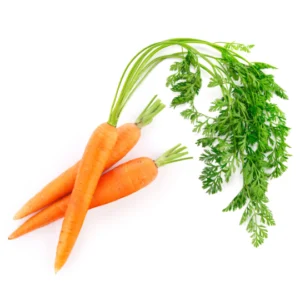
For example, cooking can increase the bioavailability of lycopene in tomatoes and beta-carotene in carrots. This is because cooking these foods can cause the cell walls to break down, making it easier for our bodies to absorb the nutrients. Similarly, cooking can increase the bioavailability of iron in some plant-based foods, like beans and lentils. This is because cooking these foods can cause the breakdown of phytates, which are compounds that can inhibit the absorption of iron. Oxalates are yet another anti-nutrient to which various minerals can bind and which can be decreased by cooking, as they can by consuming them with milk products.
On the other hand, cooking can also decrease the bioavailability of certain nutrients. For example, cooking can cause the breakdown of some water-soluble vitamins, like vitamin C. Similarly, cooking can cause the denaturation of proteins, which can make them less digestible.
What does all of this mean for our diets? Well, it’s important to remember that there isn’t a one-size-fits-all answer to this question. Some foods are best eaten raw, while others are best eaten cooked. For example, raw fruits and vegetables are a great source of vitamins and minerals, and they’re generally easier for our bodies to digest when they’re eaten raw. On the other hand, cooking can make some foods, like beans and lentils, more digestible and more nutrient-dense.
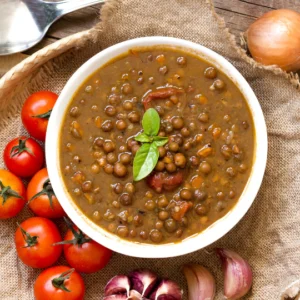
So, do your homework or simply come dine at our place in Bucharest at OCLU. We’ve done our homework already and continue studying so that we can offer you optimally prepared foods, so you can derive maximum benefits with an unbeatable taste. Enjoy!

